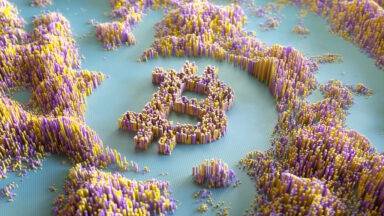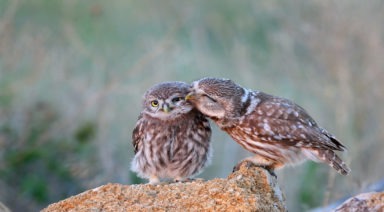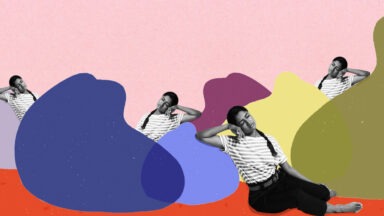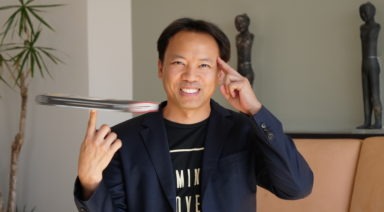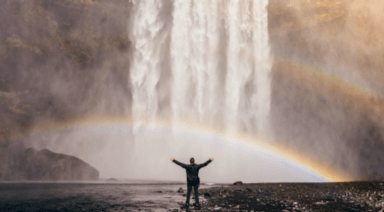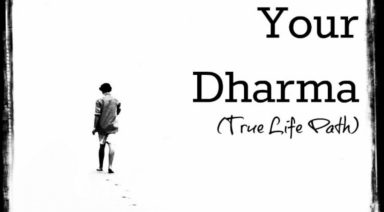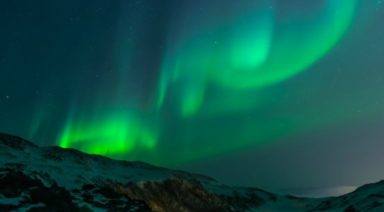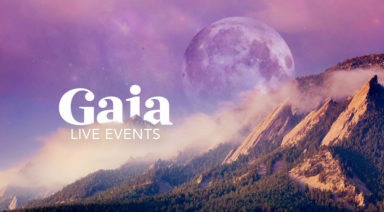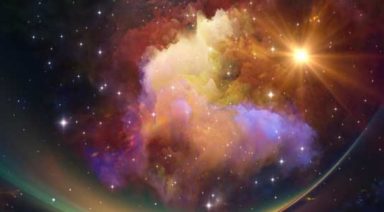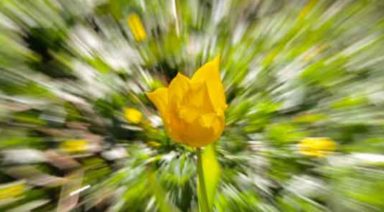Burning Man: An Experiment in Contributionism
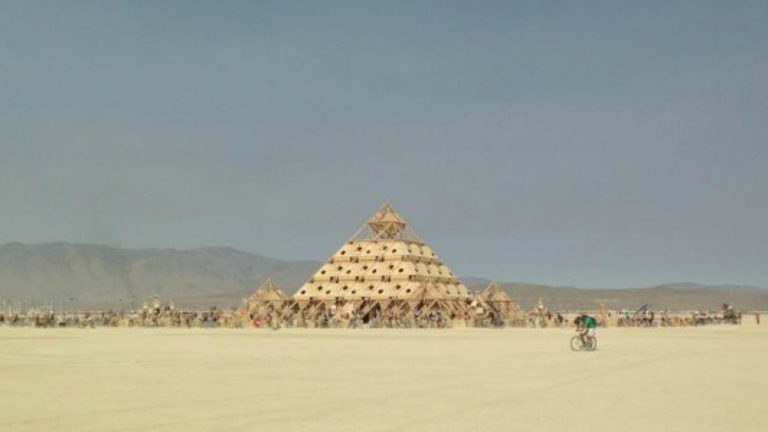
As more and more humans move toward consciousness and unity, many still must submit to the daily grind—the countless hours spent taxed and isolated by demanding, unsatisfying jobs kept to pay bills and buy stuff.
It is clear that money is a distraction, a false god even, and there is already too much stuff on earth. Still, we climb corporate ladders and shatter glass ceilings only to feel the same sense of loneliness at the top.
Michael Tellinger’s prescription for change in Hidden Origins: Transitioning to Abundance makes perfect sense. He says, “Competition is not good. Cooperation and collaboration create abundance and unity.”
More and more, people want to contribute to the good of the community while living a life they love, but they struggle to feed that spark inside.
The Origin of Burning Man
“Welcome Home” rotates in several different languages at the top of the Burning Man website. Simply put, Burning Man is, “A city in the desert. A culture of possibility. A network of dreamers and doers.”
The story of Burning Man begins in the Eighties when co-founder, Larry Harvey woke and thought, “I’m tired of this.”
He called a friend and said, “Let’s burn a man.”
Larry and Jerry James—two of several co-founders—built an 8-foot man out of scrap wood then carried him to Baker Beach in San Francisco to burn it down. Describing the first burn, Harvey says, “When it flamed up, it was like a second sun brought down to this earth, it was just… it transfixed us, but… that’s where the story begins.”
A Burning Man Story
For three decades, the Burning Man festival has evolved from a small gathering of friends to a collaborative endeavor, bringing tens of thousands of people from all over the world to Nevada’s Black Rock Desert where a temporary metropolis rises from open hearts and gracious hands for one week. “Burners” are united in their pursuit of a more creative existence—one where they transcend the trappings of the daily grind.
In the documentary, “Spark: A Burning Man Story”, we are given behind-the-scenes and up-front exposure to this legendary event. Artists erect stunning, compelling masterpieces from start to finish. Co-founders confront logistical nightmares when attendance swells to nearly 60,000 people. The “playa” blazes with daring imagination and wild celebration until a towering effigy is burned to the ground.
All burners practice the principles of Burning Man.
10 Principles of Burning Man
Radical Inclusion – Everyone is invited.
Gifting – Give freely without expectation.
Decommodification – Create an environment unmediated by commercial influence.
Radical Self-Reliance – Rely on inner resources.
Radical Self-Expression – Harness unique talents to share with the world.
Communal Effort – Support collaboration and cooperation.
Civic Responsibility – Assume responsibility for public welfare.
Leaving No Trace – Care for the earth and tread lightly.
Participation – Achieve being through doing.
Immediacy – Wake to the inner self and the reality of every being—now.
An Experiment in Contributionism
Burning Man is a participatory experience generated by its attendees and similar to Contributionism.
Michael Tellinger, founder of the Ubuntu Party of South Africa, describes Contributionism as “a social structure where communities live in unity, providing for each other, looking after each other – where everyone contributes their god given talents towards the greater benefit of all the people in their community.”
As the Burning Man principles spread and regional events take root across the globe, burner-ideals converge with principles of Contributionism. Both movements are united in a desire to create abundance by working together and living life in-love.
The Origin of Contributionism
Ubuntu is an ancient African philosophy that means humanness. Many native cultures and grassroots movements throughout history and across the globe embrace a basic, humanist concept that none are free until all are free.
Inspired by this timeless wisdom, Tellinger founded the Ubuntu Party with a guiding principle of Contributionism. In Hidden Origins: Implementing Ubuntu, Tellinger explains the path to a world where unity redefines the daily grind and burns the empty pursuit of money.
Instead of depending on world leaders to wake to the new age, Tellinger suggests we begin banding together at a local level. Tap into ancient knowledge that all beings are connected and have inherent value to share with the community. Apply a burner’s enthusiasm to each day.
Sacred Economics
When we unite with our neighbors to generate power and resources, we create a united labor force for the people, not the corporations and corrupt government. Together, we produce an abundance that spills over, allowing everyone more time to pursue beauty.
In Hidden Origins: Liberation from Money, Tellinger contemplates the illusive worth of money. Money doesn’t keep a community going, people keep a community going.
Burning Man and Contributionism share the sacred notion that we can exist without money. Better yet, we can thrive.
A Labor of Love
Katy Boynton had an awakening at 2010 Burning Man festival when she committed to assisting with “Bliss Dance,” an iconic art installation, and learned to weld. She had a vision to create Heartfullness, a 12 by 15-foot steel sculpture of a heart.
In “Spark”, she shares her idea to build “a heart that had exploded and was pieced back together.” She explains, “There are so many things that break our hearts…We pick up the pieces. We put them back together. We keep going.”
Boynton listened to her inner voice and fueled that spark inside, enlisting helping-hands and support from friends and fellow burners in order to give her vision life. “Heartfullness” debuted at Burning Man in 2012 and returned in 2013.
She opened her eyes to her inner nature and discovered an unknown desire inside that connected her to new people and new ways of being.
The Future is a Gift
A lot of change needs to occur before every being benefits from a gift economy or Contributionism. It’s almost impossible to imagine a world where we are all free from the daily grind.
By following the principles of Burning Man and contributing to the community, small acts become waves of change. Michael Tellinger muses, “We’re going to the stars. We’re going to the sky where everything is possible.”
Where one world falls apart or an effigy burns down, a new world is born under the same gracious sun that shines for everyone.
How Cryptocurrencies Like Bitcoin Can Democratize Money and Society

As cryptocurrencies like Bitcoin break new records seemingly every day, could this lead to a financial and cultural revolution? Or are we not quite there yet?
Cryptocurrencies have recently gained popularity as an alternative to conventional monetary systems. Blockchain is a system in which a record of transactions made in Bitcoin and other cryptocurrencies are maintained across multiple computers that are linked in a peer-to-peer network. Cryptocurrency has no centralized bank controlling the flow of money, but rather a decentralized system controlled by algorithms.
Crypto has been hailed as a way to democratize finances for all, not just wealthy elites. But with the rise in popularity, what are the potential pitfalls of these online currencies?
“Blockchain is a way of digitally marking the development and moving around of this money—you’re making sure that it can’t be counterfeited. They do it in such a way that it’s anonymous and decentralized, but secure,” Zeus Yiamouyiannis, author of Transforming Economy, said.
“The current monetary system can be manipulated; the supply can be manipulated to benefit very few people over the many. As we’ve been seeing over the past few decades, the same pattern keeps emerging and it’s growing, and that is greater and greater gambling by the big boys, to the point where they inherently fail through their greed. And guess who bails them out 100 percent of the time? The little guy who had absolutely nothing to do with it,” Yiamouyiannis said.



